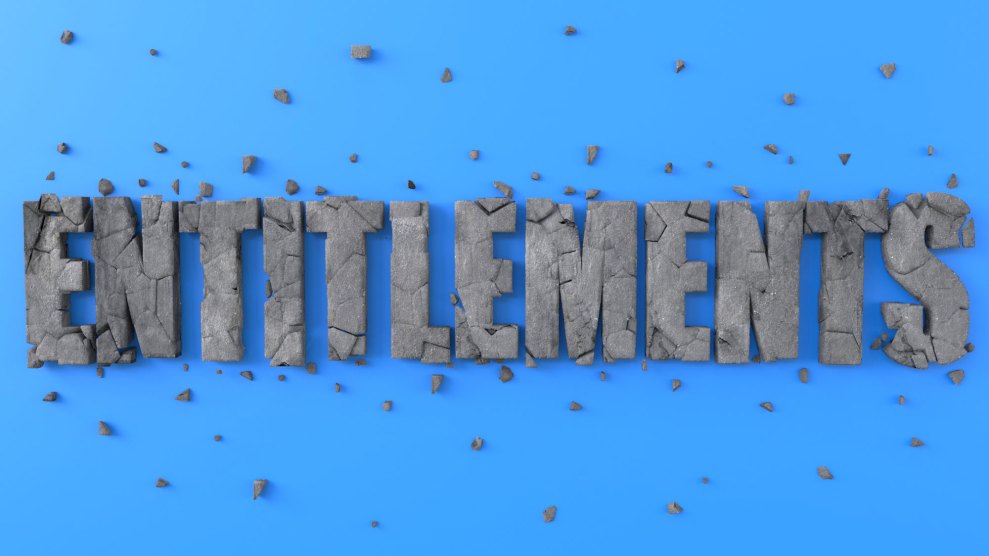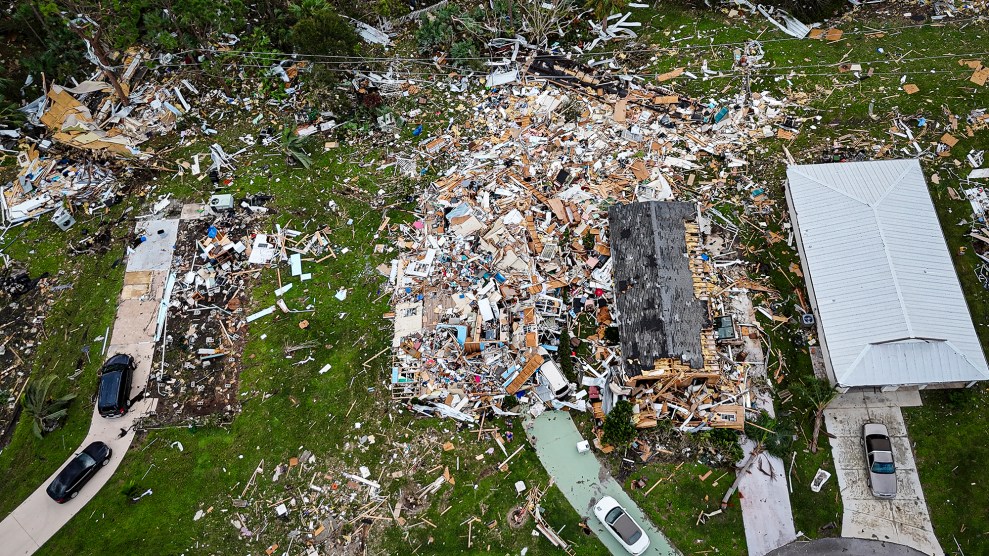After escaping the threat of nerve-gas attacks by Iraq during the Gulf War, Lt. Col. Casey Beard moved to Oregon, to help safeguard local communities from the Army’s own chemical weapons, stockpiled in Umatilla.
But this time–as the Army plans to incinerate an estimated 28,000 tons of chemical agents–Beard believes the Army has left him inadequately prepared. “Over in the Gulf, we at least felt ready if something happened,” says Beard, director of the Emergency Preparedness Program for the area. “Right now, it would take about two hours to alert the population, yet all they’re gonna have is 15 minutes.”
Chemical stockpiles have existed since the U.S. experimented with skin-blistering mustard agents shortly after World War I, and continued piling up through the early ’70s with M-55 rockets filled with GB, a nerve agent that kills when inhaled. Ten years ago, neighboring communities became aware of these stockpiles when Congress forced the Army and the Federal Emergency Management Agency to set up local emergency preparedness programs and eliminate the increasingly dangerous storage dumps by 2004.
At the Tooele site in Utah, an incinerator is scheduled to begin burning 42 percent of the entire Army stockpile–this spring. Kari Sagers, the site’s preparedness director, says, “We’re just not ready.” The Army’s own internal investigation shows that as many as 20,000 citizens in nearby towns could die if a bomb explodes–a risk heightened by moving and transporting the weapons to an incinerator.
More than 1,950 leaks have already been reported in the weapons stockpiled at seven of the sites. As the weapons’ metal casings corrode, the likelihood of an accident steadily increases. So, despite vocal environmental opposition, the Army chose incineration on the advice of the National Research Council. While the NRC gave incineration a less-than-ringing endorsement in 1994, it called burning safer than waiting for a viable alternative.
Army spokeswoman Kathy Gibbs calls the concerns voiced by the local emergency teams a bit paranoid. “I don’t mean to sound parental,” she says, “but I think the counties are more prepared than they realize.” But local emergency directors say they need more money for truly effective warning systems, including stronger sirens, highway reader boards to divert traffic, automated telephone alerts, TV interruptions, and protective clothing for civil servants. Without the requisite astronautlike outfits, police and firefighters could find themselves directing traffic unprotected in the midst of a nerve-agent cloud.
“There’s a quaint expression for that kind of risk,” says Beard. “Turn left at the dead sheriff.”
U.S. Chemical Stockpile Distribution
(Percentage of total)
Aberdeen, Md.: 5 percent blister agents
Blue Grass, Ky.: 1.6 blister and nerve agents
Anniston, Ala.: 7.1 percent blister and nerve agents
Newport, Ind.: 3.9 percent nerve agents
Pine Bluff, Ark.: 12 percent blister and nerve agents
Pueblo, Colo.: 9.9 percent blister agents
Tooele, Utah: 42.3 percent blister and nerve agents
Umatilla, Ore.: 11.6 percent blister and nerve agents
Johnston Atoll (Southwest of Hawaii): 6.6 percent nerve agents
Source: U.S. Army Chemical Stockpile Disposal Program
















